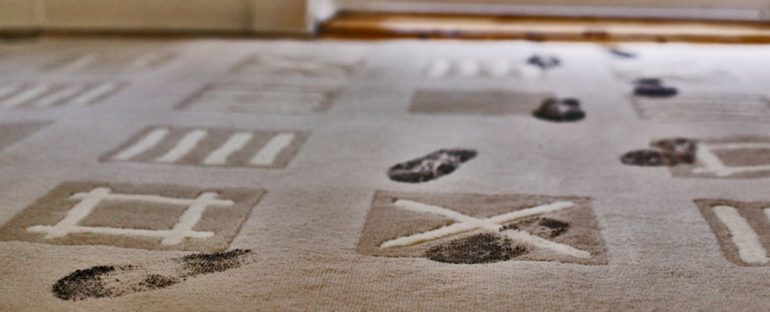Scientists have figured out the best forensic technique to get the dirt on criminals.
Knowing which technique to use means that a remnant of soil or dust from a suspect or their belongings could substantially narrow down the scene of a crime in a city.
When researchers tested their approach in a roughly 250-square-kilometer area – more than four times the size of Manhattan – they were able to reduce their search grid by more than 60 percent.
To achieve this precise placement, local investigators first needed to know the makeup of other soil in the region. In 2017, a geochemical survey collected 268 topsoil samples from around northern Canberra, one for each square kilometer.
Three “blind” samples were then taken from this map and given to a principal investigator, who was tasked with figuring out where each came from down to the square kilometer.
Of all the techniques used to analyze the soil, the two that were best at predicting where the samples belonged were Fourier transform infrared spectroscopy, which reveals the presence of hydrated minerals like clay minerals, carbonates, and sulfates, and magnetic susceptibility, which reveals the presence of magnetic minerals.
These two methods alone allowed the team to get their most accurate prediction of which grid the second blind soil sample came from.
Using these techniques on the first blind soil sample, however, only cut the search zone down by half. The authors suspect this is because the blind sample was taken from soil within that square kilometer grid that differed from the soil type of the original sample for that grid.
Even if this precise technology isn’t available for real-world crime, there are other methods that can help reduce the search zone.
X-ray fluorescence and geochemical data weren’t quite as accurate or precise in the study, but researchers found they could still be incredibly useful in ruling out where a soil sample isn’t from.
“Much of forensics is about elimination, so being able to rule out 60 percent of an area is a substantial contribution toward successfully locating a sample,” explains geochemist Patrice de Caritat from Geoscience Australia.
“You can reduce the time, risk, and investment of the ongoing investigation. The more parameters we look at, the more accurate the system is.”
Having access to as many soil-measuring techniques as possible appears to only increase the chance of figuring out where a soil sample came from.
In previous studies, the team’s tool actually reduced the search area for a soil sample by up to 90 percent in some cases. This involved a bunch of analytical factors that are probably too expensive and time-consuming for a real-world crime, but the results do suggest great precision is possible with the right techniques.
Police don’t even need to go collect soil from the region to do this. Most developed countries already have existing soil databases that can be used to compare soil and dust samples.
Researchers in Australia are now planning to use their tool on other soil databases to see if they can replicate their findings elsewhere.
“This shows that our systems work, and that we have a potential new tool for criminal and intelligence investigations,” says de Caritat.
Already, conventional soils analyses have been used on multiple occasions in Australia to identify the movements of criminals, but these cases have usually involved collecting soil samples from certain regions for comparison.
Using already existing soil databases cuts this step out of the process, and makes this forensic technique even more useful.
The study was published in the Journal of Forensic Sciences.
